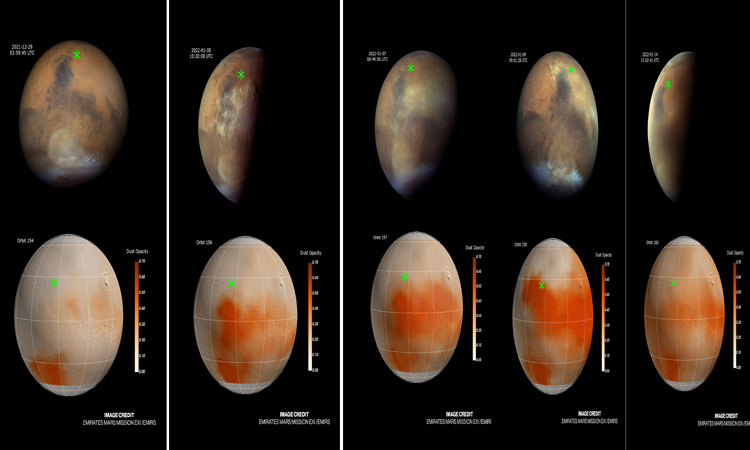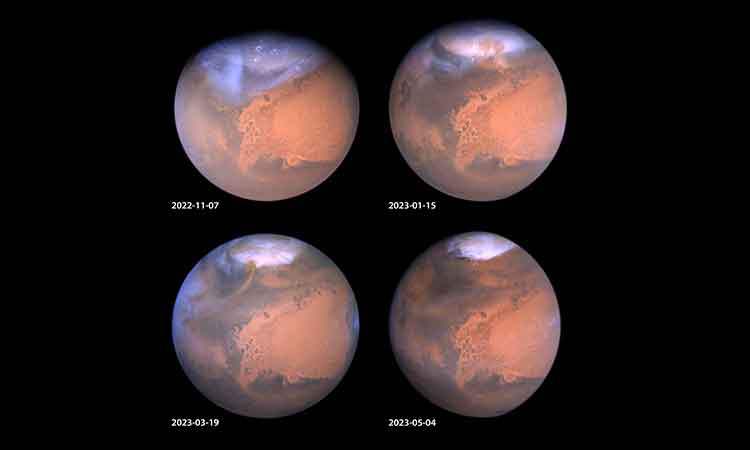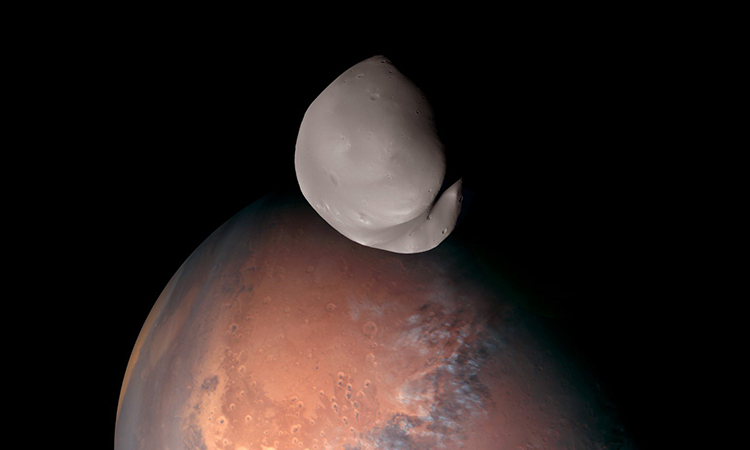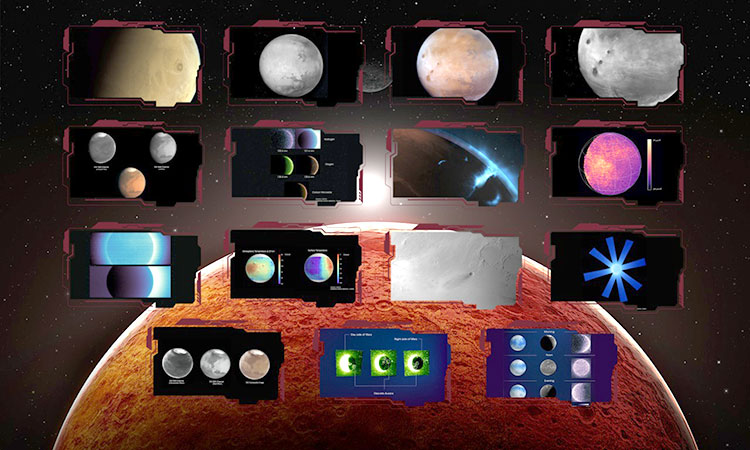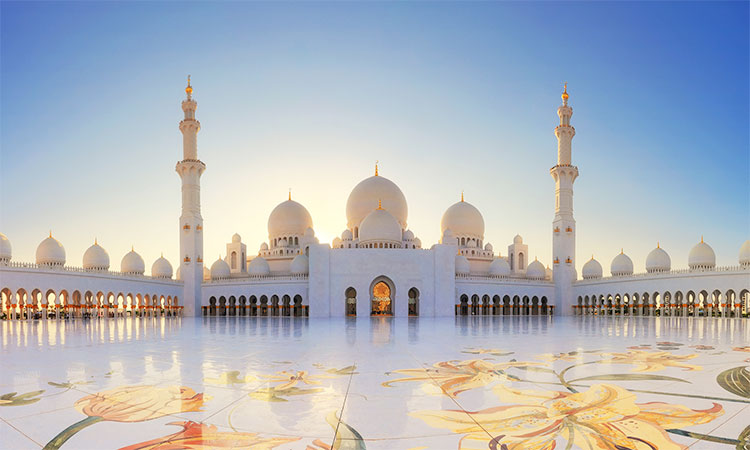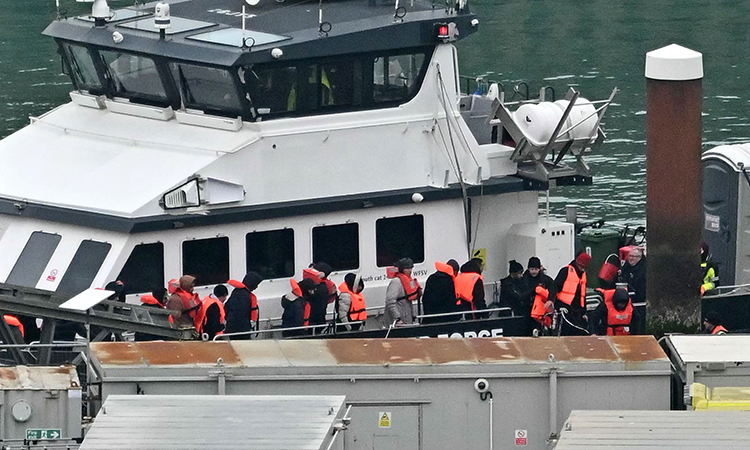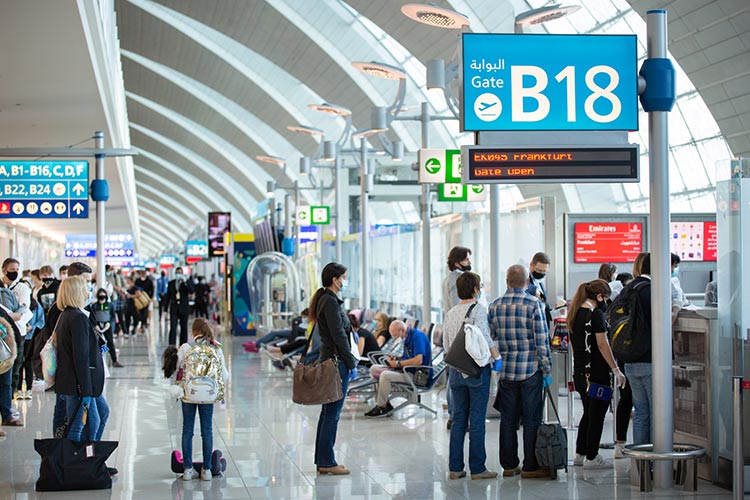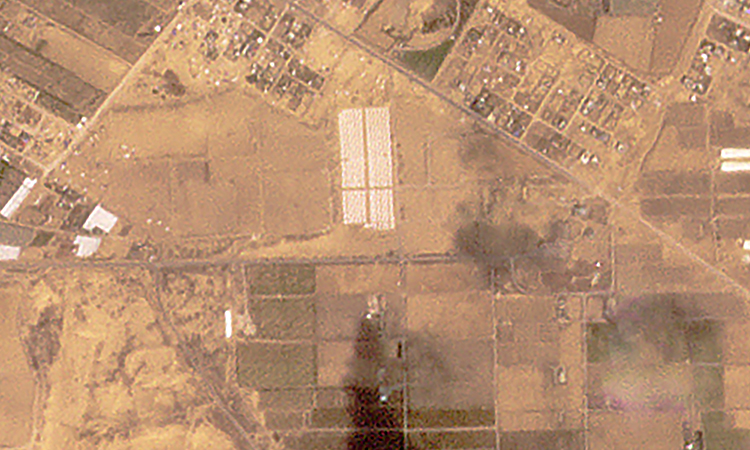Hope Probe set to collect scientific data from Mars
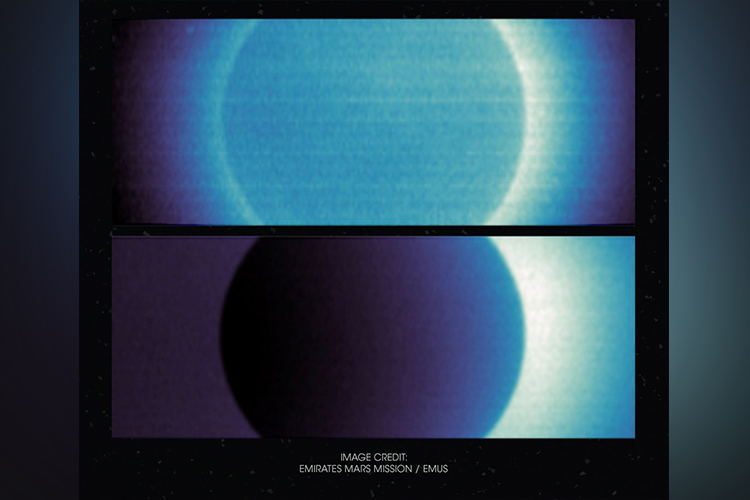
The Emirates Ultraviolet Spectrometer (EMUS) took images of atomic hydrogen surrounding Mars.
The Hope Probe starts on Sunday, May 23, until April 2023, the task of collecting scientific data, after the start of the scientific phase on April 14, 2021, through the calibration and testing processes, and checking the possibility of lightly directing its course, in order to ensure the safety of its three scientific devices and the accuracy of their scientific measurements.
In September 2021, the Hope Probe will start sharing the data it will collect, about 1000 GB, with 200 scientific and research entities around the world through a specialised platform provided freely by the Mohammed Bin Rashid Space Centre.
The mission of the Hope Probe will continue for a full Martian year (687 Earth days), during which its three scientific devices will monitor the required scientific data about the climate of Mars, which man has not previously discovered.
The mission of the Hope Probe may extend another Martian year if required, to collect more data and uncover more secrets of the Red Planet. After 103 days of entering the capture orbit at the first attempt, the probe sent a set of high-resolution images of Mars. The digital exploration camera captured a picture of the volcano known as “Olympus Mons”, the largest volcano on Mars and in the solar system.
The second image was sent by an ultraviolet spectrometer at an altitude of 36,000 kilometres, which provides unique data about the upper atmosphere of Mars, at the edge of space and the amounts of hydrogen, oxygen and carbon monoxide atoms. The third picture was taken by an infrared spectroscope and showed the night side of Mars, through which the terrain of the “Arab Land” on Mars can be observed.
The Hope Probe has an infrared spectrometer which measures the temperatures, and the proportion of the distribution of dust, water vapour and ice clouds in the lower layer of the atmosphere. This infrared spectrometer has been developed to capture the dynamics of the integrated atmosphere of Mars, using a scanning mirror.
It can capture 20 images per session with an accuracy ranging from 100 to 300 km/pixel, with the aim of studying Mars’ lower atmosphere in infrared bands, and providing information on that atmosphere. The Hope Probe also has a 12-megapixel digital exploration camera, which can take high-resolution images of Mars, and measure water ice and ozone in the lower atmosphere through ultraviolet beams.
The Hope Probe also has an infrared spectrometer whose task is to collect data of the surface of Mars and its atmosphere. It also measures the general distribution of dust, clouds of ice and water vapour in the lower layer of the Martian atmosphere. The spectrophotometer, which uses ultraviolet rays, will measure oxygen and carbon monoxide in the atmosphere and the diversity of hydrogen and oxygen in the upper layer of the Martian atmosphere.
EAD TO APPLY ‘CITY BIODIVERSITY INDEX’ IN ABU DHABI
The Environment Agency - Abu Dhabi (EAD) aims to apply the City Biodiversity Index in the emirate of Abu Dhabi - a self-assessment tool for cities worldwide to benchmark and monitor the progress of their biodiversity conservation efforts.
The City Biodiversity Index, also known as the Singapore Index on Cities’ Biodiversity aims to help cities achieve a development trajectory where biodiversity and people can thrive in harmony, while addressing biodiversity loss and climate change — all based on the latest scientific data generated during the past decade. The Abu Dhabi City Biodiversity Index will help the emirate benchmark biodiversity conservation efforts in the urban context at city level, help evaluate progress in reducing the rate of biodiversity loss in urban ecosystems and help measure the ecological footprint of cities.
Once the index is established future assessments will use this initial effort as a benchmark for further improvements in improving the role of cities, such as Abu Dhabi, in playing a global role in promoting and conserving biodiversity. EAD has been collecting biodiversity data in urban sites such as parks, golf courses, natural areas, residential areas which have provided a wealth of information on urban biodiversity.
